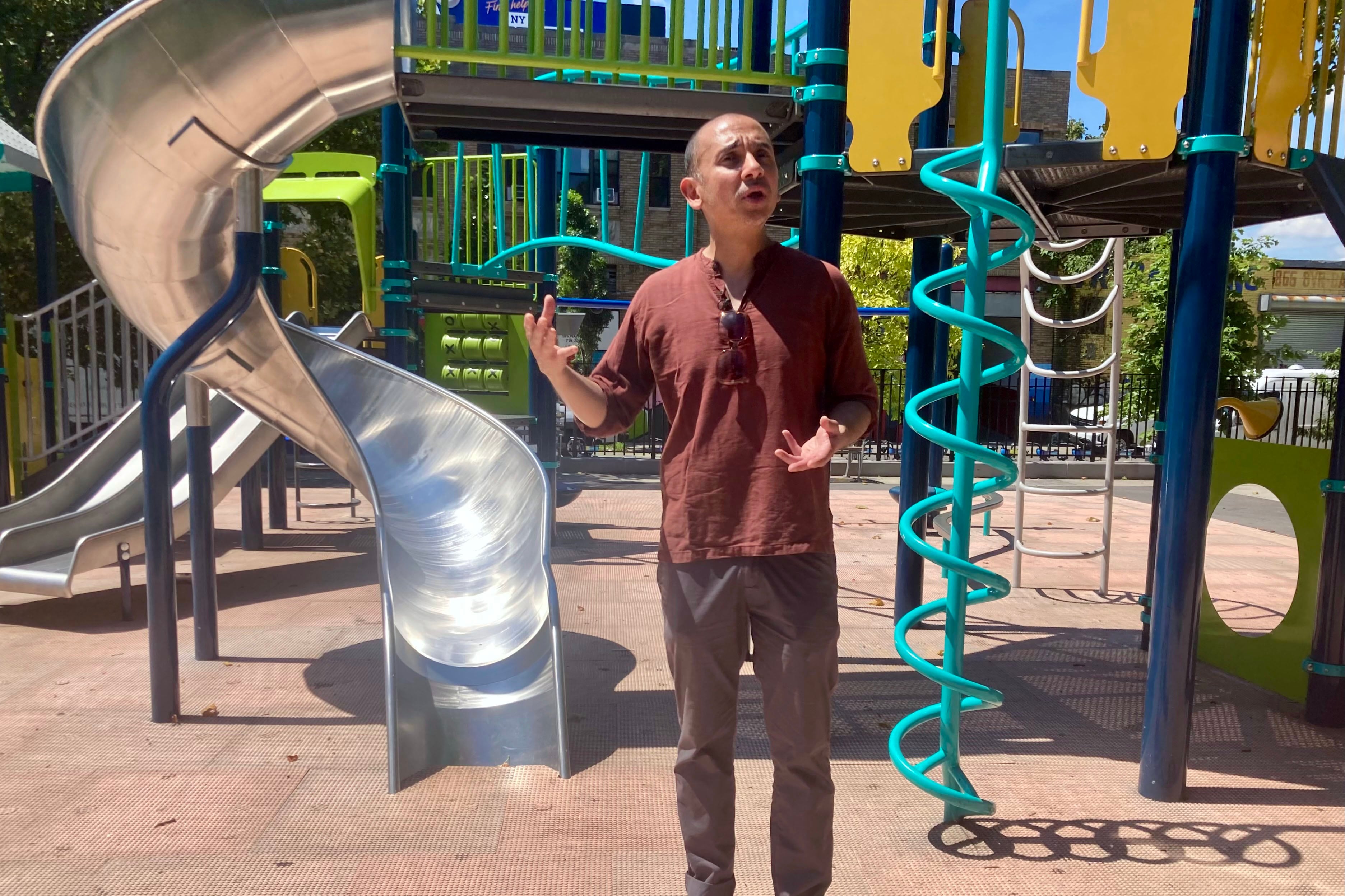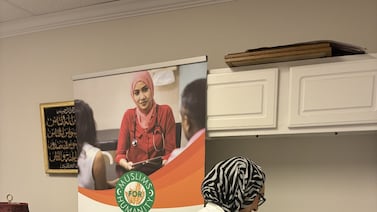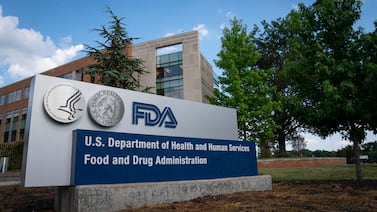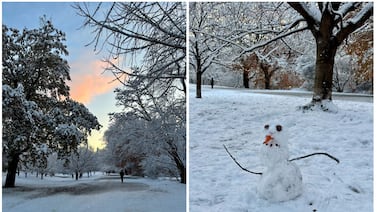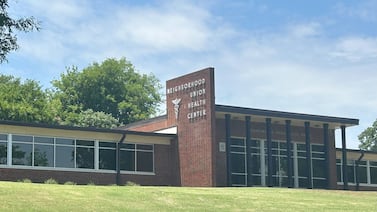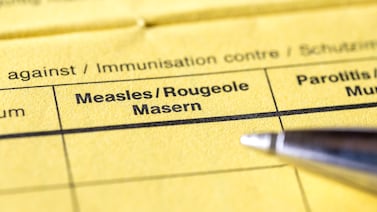Public health, explained. Sign up to receive Healthbeat’s free New York City newsletter here.
Arif Ullah walked down Bruckner Boulevard under a scorching July sun. There was little shade on the street, a congested stretch of the South Bronx that leads into a major interchange of highways.
Further beyond were the expressways, waste transfer stations, train yards and warehouses that choke the Bronx’s southern shore, degrading the area’s air quality and contributing to its high rates of asthma.
“We have limited access, among the lowest in the city, to both green spaces and trees,” said Ullah, executive director of South Bronx Unite, an environmental justice organization. “That makes a bad situation worse. That exacerbates respiratory illnesses on hot days like this.”
As New York City faces continued heat waves this summer, extreme heat is an especially pressing public health issue. Extreme heat kills more New Yorkers per year than any other type of extreme weather event, and as summers intensify with climate change, its harms are poised to mount.
“This heat is not normal, we’ve said it over and over again,” Mayor Eric Adams said during a recent briefing. “Climate change is here and is real, and it is a clear and present danger.”
The damaging effects of extreme heat aren’t equally distributed. Each summer, an estimated 350 New Yorkers die due to hot weather; Black residents die from heat stress at twice the rate of white residents. Areas like the South Bronx, with reduced tree canopy cover and more limited access to air conditioning, are especially “heat vulnerable,” and at the highest risk of heat-related mortality.
Confronting weeks of high heat, the city’s Emergency Management Department and its Department of Health and Mental Hygiene have issued repeated extreme heat warnings, emphasizing the city’s cooling centers, detailing its network of sprinklers and reminding residents to hydrate, seek out shade and watch for symptoms of heat illness.
But as heat waves become more intense and frequent with climate change, researchers, physicians, city leaders and community advocates are turning to longer-lasting solutions, aiming to turn down the temperature of the city itself — and target solutions to the most vulnerable neighborhoods.
“The heat that we see today won’t be the heat we see in the future,” said Dr. Arnab Ghosh, an assistant professor of medicine at Weill Cornell Medical College whose research focuses on climate change and health. “We need to adapt not just to today’s circumstances, but the circumstances moving ahead.”
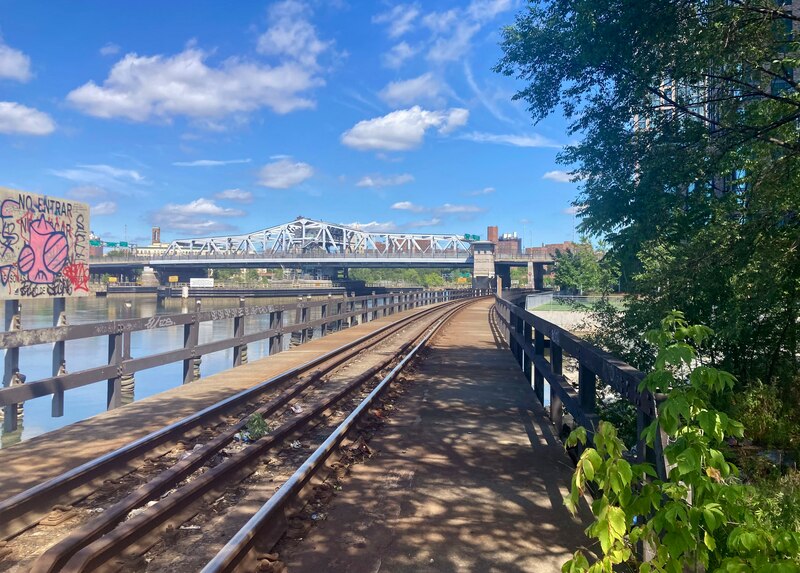
Some neighborhoods are hotter
New York is much hotter than many other parts of the country. The city’s heat-absorbing buildings, roads and infrastructure drive up its overall temperature — the urban heat island effect. A new study from Climate Central, a climate science nonprofit group, found that on average, New Yorkers experience 9.7 more degrees of heat due to the city’s built environment than residents of rural areas.
With climate change, scorching summers will increasingly become the norm. Based on city data, New York City could see many more days per year of temperatures higher than 90 degrees, from a baseline of 17 days annually in recent decades to a projected 27 to 54 days by the 2030s — and 46 to 108 days by the 2080s.
Extreme heat can be particularly harmful to children, elderly adults, unhoused people, outdoor workers, and those with chronic health conditions. And its most damaging effects are often clustered in more disadvantaged areas of New York.
The city’s heat vulnerability index shows that neighborhoods throughout the city — including Mott Haven in the Bronx, East Harlem in Manhattan, East Flatbush in Brooklyn and Jamaica in Queens — have the highest citywide risk of residents dying during and immediately after extreme heat events. Those neighborhoods tend to have higher daytime summer surface temperatures, less green space, reduced access to air conditioning and lower median incomes than other parts of the city.
Many of these communities bear the scars of historic disinvestment and redlining — a discriminatory practice in which mortgage lenders denied loans on the basis of race — which has been linked to higher land surface temperatures. Today, these neighborhoods function as heat islands within heat islands, said Dr. Perry Sheffield, an associate professor of environmental medicine, climate science and pediatrics at the Icahn School of Medicine at Mount Sinai.
“We know cities are hot, but there are these micro heat islands now, in communities that have higher proportions of Black and brown residents,” she said.
Trees can cool street by 2 degrees
Efforts are underway to cool New York in the long term — and rectify historic inequities in the process.
The mayor’s citywide climate and sustainability plan, released last year, proposed goals including instituting mandatory cooling requirements for new construction by next year, setting a maximum summer indoor temperature policy by 2030, and installing a million square feet of cool roofs each year, the continuation of a longstanding program to paint rooftops with a reflective coating that prevents heat absorption.
The city also aims to achieve a 30% tree canopy cover, up from the 22% of public and private land that is currently shaded by trees citywide.
“Trees do so much,” Elijah Hutchinson, the executive director of the Mayor’s Office of Climate and Environmental Justice, which oversees the city’s climate initiatives, said. “They add biodiversity, they can help with interior drainage and street flooding, they help with shade, obviously. For trees that get added to city streets, they can cool a street by up to 2 degrees Fahrenheit, so a really significant cooling effect.”
The city Department of Parks and Recreation announced in May that it had planted more than 15,000 trees in the past fiscal year, the highest total since 2016. The department also aims to plant a tree “in every viable spot” in the city’s most heat-vulnerable neighborhoods by 2027.
With the combination of an expanded tree canopy, reflective roofs and other cooling street designs, “you really start to mitigate against that urban heat island effect,” Hutchinson said.
Ghosh, at Weill Cornell, is researching how to maximize the cooling effects of urban trees, based on species type and planting location. He said that the city’s goal of reaching a 30% tree canopy is “doable and necessary,” but that maintenance will be key to ensuring trees’ survival and growth.
“You can’t just plant the trees and walk away and hope everything will be hunky dory. You’ve really got to spend the time to see that to fruition,” he said. “That’s what I think the big challenge is going to be.”
Other key initiatives aim to lower indoor temperatures.
The federally funded Home Energy Assistance Program offers a cooling benefit to cover the purchase and installation of a fan or air conditioner for low-income families. The program is first-come, first served and its annual application period closed in mid-July. Its $22 million in available funds will be expended to provide cooling assistance to more than 27,000 households, said Darren O’Sullivan, a spokesperson for the state Office of Temporary and Disability Assistance.
Hutchinson said his team is advocating to expand resources for the program, which has received criticism for quickly exhausting its available funds due to high demand.
City Councilmember Lincoln Restler of Brooklyn recently introduced a bill that would require landlords to provide air conditioning and keep units below 78 degrees indoors when it’s above 82 degrees outdoors.
“The indoor max temperature law would be a really big deal because while citywide air conditioner access is around 90 percent, in the most vulnerable communities, it can be much lower,” said Caleb Smith, the resiliency coordinator for WE ACT for Environmental Justice, a nonprofit.
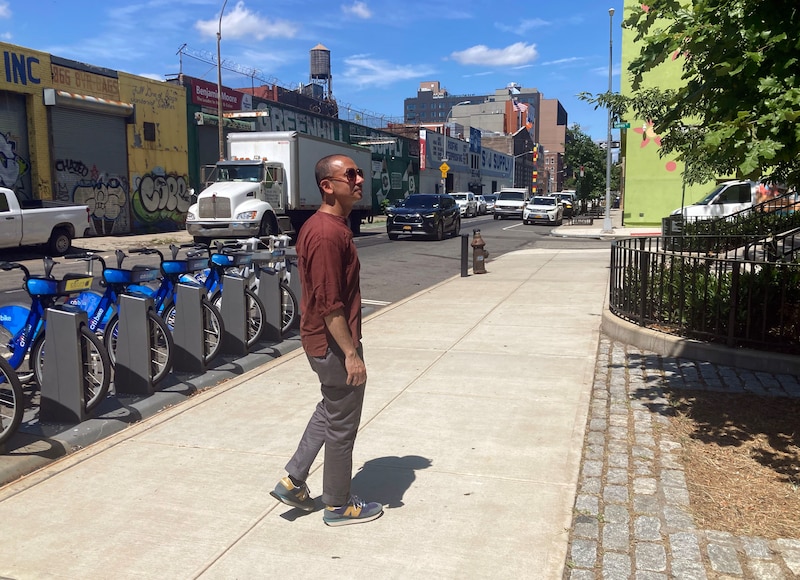
Greener future envisioned
Linda Morgan, 74, sat in the shade on a recent morning in Mott Haven, a neighborhood of the South Bronx. She was perched with her friends outside their apartment building, an affordable housing development for seniors. The sun beat down on the busy intersection surrounding them.
A native New Yorker, Morgan said she’d seen many hot summers in her lifetime — but the heat wave that baked the city in mid-July was the longest one she could remember. She’d survived the hot weather by staying inside for days, grateful for her air conditioning. Eventually, it had cooled down and the air quality had improved enough to permit a quick trip out for groceries, she said.
“We’re all seniors,” Morgan said. “We’re coping as best we can, not to venture out when the sun is high in the sky.”
Ullah envisions a transformed South Bronx where residents like Morgan can enjoy ample green space and shade and benefit from a re-envisioned waterfront, with interconnected green spaces. Deeper investments in the area are sorely needed, he said.
“On top of cooling centers, we need green corridors,” he said. “We need streets that are lined with trees. We need neighborhoods that have greater tree canopy. We need neighborhoods that have more real green spaces.”

